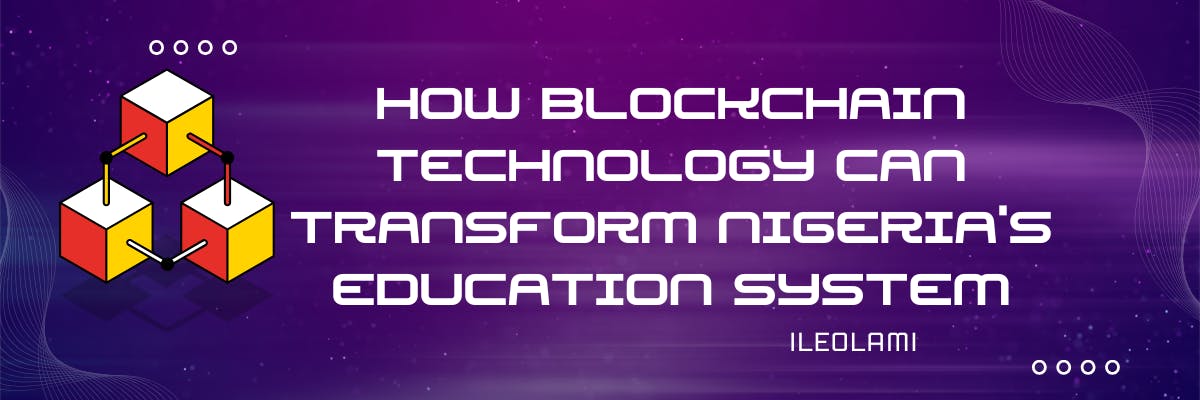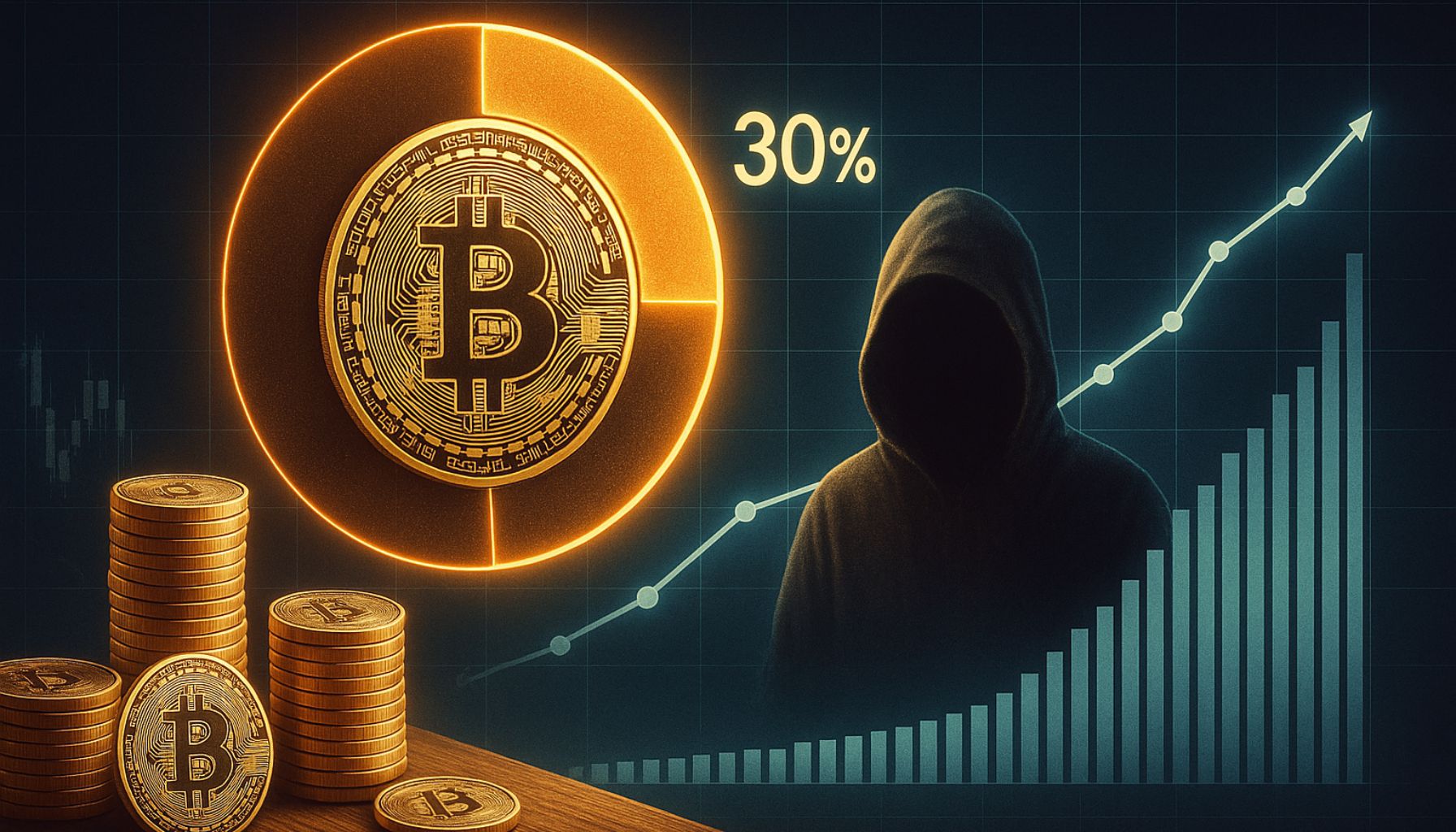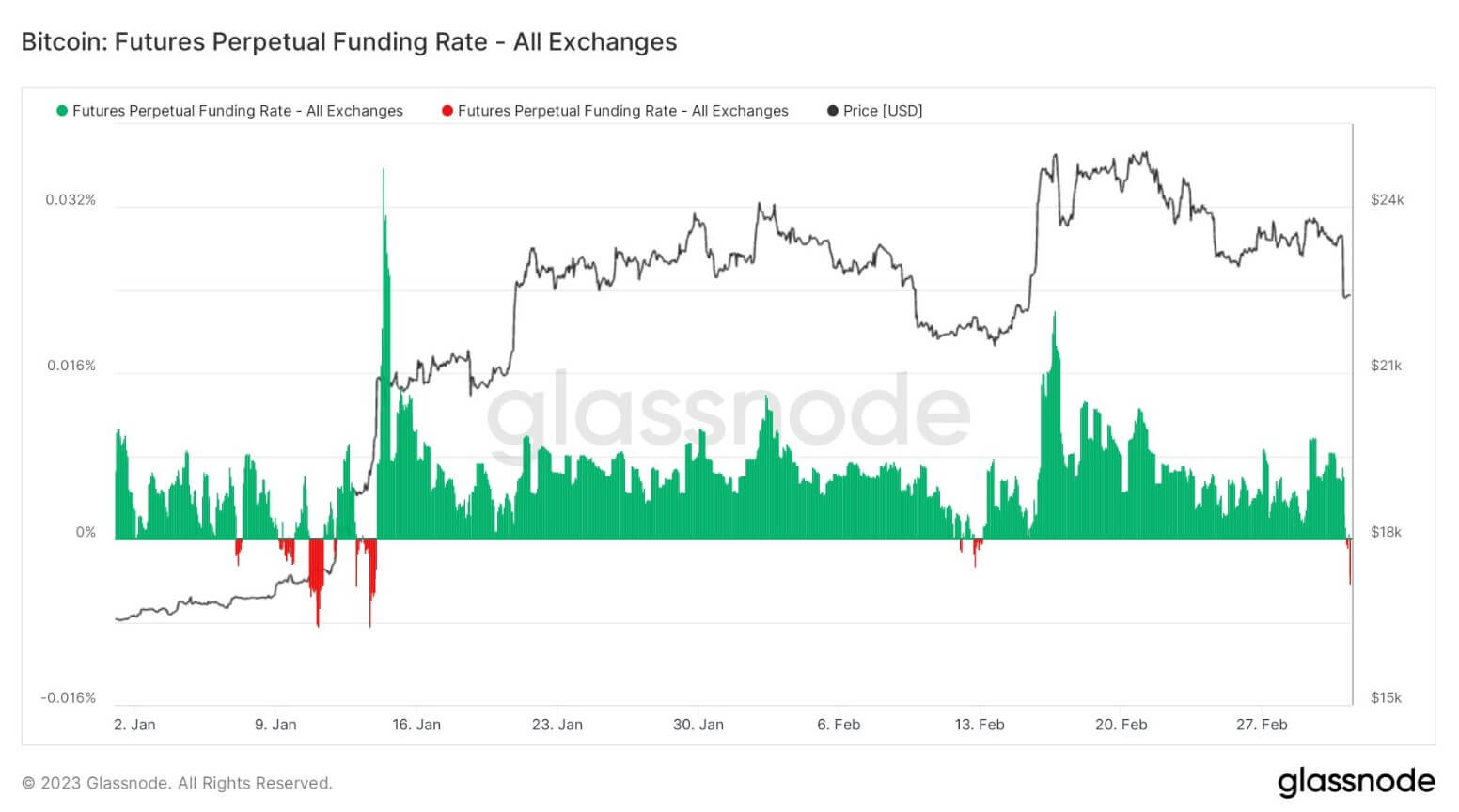How Blockchain Technology Can Transform Nigeria’s Education System

A typical department in a Nigerian public university has an average of 250 students per class. Our examinations are usually theoretical, meaning we write our answers with pen and paper. After the exam, the university expects the lecturer to mark all scripts within two weeks.
Before you scream, let’s break it down:
Most lecturers teach four to five levels per semester.
That’s 250 students × 4 classes = 1,000 scripts to mark.
Now imagine having to:
- Mark 1,000 handwritten scripts,
- Calculate and grade each student’s score,
- Collate the results,
- And submit them to the head of department, all in 2 to 3 weeks.
And remember, this lecturer also has:
- Postgraduate students to lecture,
- Final-year projects to supervise,
- Fieldwork to attend,
- Plus family responsibilities and personal life.
It’s a heavy load. It’s overwhelming.
And when humans are overwhelmed, mistakes happen.
Two of the most common consequences are missing scripts and grade errors. If a student’s exam booklet goes missing, they’re as good as repeating the course. Resolving the case can take four to six weeks, and a semester is typically just three months.
Can you see the kind of systemic stress Nigerian students and lecturers go through in our public universities?
When I discovered web3 and saw what blockchain can do, I exclaimed in front of the faculty in 2023, “The Nigerian Educational System Needs Blockchain!” Everyone who saw me that day thought I was crazy. Do you agree, or do you think I’m wrong? Whether yes or no, this article will answer your questions.
The Problem of Nigeria’s Educational System
In the past, education was seen as a “rich man’s privilege,” meaning it was limited to the elite. Thanks to Obafemi Awolowo, who first introduced free primary education in the Western Region in 1955 as part of the Action Group (AG) government’s policy. This policy aimed to provide free primary education to all children in the region.
This policy not only enabled more people to access education but also helped them achieve their dreams. During this time, people also had the opportunity to further their education in other countries like the USA, UK, Germany, and more.
What seemed like a solution to the initial problem led to more issues, which are:
- Certificate fraud and forgery: Nigeria is one of the countries that has a problem with certificate fraud and forgery. For example, in 2024, PUNCH reported that 1,665 fake A-Level certificates were discovered during the Joint Admission Matriculation Board (JAMB) Direct Entry in 2023. This included 815 A-Levels, 453 diplomas, and 397 college certificates. The report also mentioned that JAMB has put in efforts to curb this problem by forming an A-level verification task force, creating a single digital platform to verify results, and enforcing a ‘no verification, no admission’ policy. Sadly, about 15 institutions have failed to comply with verification requests.
- In the same year, the Vanguard reported that 80% of the staff in the Niger State Ministry of Education had been working for several years with forged certificates. The Committee Chairman, Ibrahim Panti, stated that 3,057 civil servants on the state’s payroll were involved in fraud, ranging from falsifying credentials to outright certificate forgery.
- Difficulty in verifying academic credentials: If you read the first problem mentioned, you might wonder, “Why can’t schools create a system to verify these certificates?” Most schools don’t even follow the proper process when verifying these certificates, and this is a typical example. In 2019, during my clearance procedure, I noticed my clearance officer was only collecting paper certificates, insisting on “original copies only.” Let’s not forget that anything on paper can be easily manipulated. These clearance officers don’t even have a laptop with them to verify these certificates for admission. Therefore, students with fake certificates can easily bypass the system.
- Grading Errors & Human Overload: This is another issue every Nigerian student can relate to. I remember when I was in high school, I got an F in one of my best subjects. When I saw it, I knew right away that it wasn’t my result. After talking to the subject teacher, she confirmed there was a mistake, and the result was changed. You’re right, “I’m lucky,” because many students have been graded poorly and they have to accept their fate like that, while some had to rewrite the subject again. This brings me to the issue of human overload, as mentioned in the introduction. To emphasise this point, in a recent debate on Twitter, a student shared his frustration about receiving a low grade in a law course, as shown below:
Many students also shared their frustrations, while some talked about how they managed to graduate with distinction. Among these discussions, a lecturer highlighted the issue of human overload that lecturers face when grading scripts. Imagine a lecturer grading 1,000 scripts and expecting all students to receive their correct grades? That is not possible. You can find more details here.
Having studied these problems, what do you think is the best solution? Read the next section to find out.
Blockchain Can Solve These Problems
Before you raise your eyebrows at me, just hold on a moment.
Yes, I know there are other solutions out there. We could invest in digital infrastructure, train more staff, or even go fully paperless. But let’s be honest with ourselves—how many of those have we talked about for years and still haven’t seen results?
This is why I’m making a case for Blockchain. Not because it’s trendy, but because it fits the kind of problems we’re facing in our educational system.
So, What Exactly Is Blockchain?
In simple terms, blockchain is like a digital ledger that records information in a way that cannot be changed or tampered with. It is a chain of nodes (computers) working together. Once something is saved on it, it stays there—no edits, no “I forgot to upload it,” no “my laptop crashed.”
Now let’s get into how this can directly solve the mess we’ve been talking about:
1. Blockchain Ledger: Keeping Records That Can’t Be Changed
At the core of blockchain is a simple but powerful idea. Once something is recorded, it can’t be altered or deleted. That’s because blockchain stores data in a special kind of digital ledger where every new update is linked to the last one. Think of it like stacking sealed files in a transparent box. You can see everything, but you can’t secretly remove or change anything.
Now imagine this being used for:
- Students’ grades
- Course results
- Certificates
- Exam attendance
- Payment records
Once your result is entered, it stays there. No “mistakenly entered F”, no “your score is missing,” no last-minute changes to make someone fail or pass. Every entry is timestamped, traceable, and locked in.
2. Smart Contracts: Rules That Enforce Themselves
Smart contracts are like digital agreements that run themselves. You set the rules, and once the conditions are met, the system executes the action automatically. No human interference, no manual errors.
For example,
- A student sits for an exam.
- Their score is recorded and meets the graduation requirement.
- Smart contract checks that requirement and automatically marks the student as “qualified.”
No need to wait for admin clearance or departmental approval, which can be delayed or manipulated.
If you meet the condition, you move forward. Simple.
The same goes for scholarships and school fees:
- Once a student pays fees, the smart contract updates their access to the school portal automatically.
- No more “we didn’t see your payment,” even when you have the bank receipt.
3. Decentralised Identity (DID): You Own Your Academic Story
With DID, every student has a secure, digital identity that stores their academic history — from admission, to results to graduation. This identity isn’t owned by JAMB, WAEC or the university; it’s owned by the student.
So, instead of carrying your original certificate from office to office during clearance, you simply share a secure link or QR code. The other person can verify it instantly on the blockchain. They’ll see when the certificate was issued, by whom, and for what course. And because it’s verified by the blockchain, no one can fake it.
Even if you switch schools or apply abroad, your DID goes with you. It’s your academic passport.
4. Tokenisation: Turning Certificates into Tamper-Proof Digital Assets
This is where things get interesting. A certificate can be issued as a digital token, basically a one-of-a-kind file that can’t be copied or faked. You might have heard of NFTs before, but in this context, it’s not about art or memes. It’s about proof with a unique ID.
With tokenisation:
- Your certificate exists as a unique, verifiable token.
- It can be stored in your wallet, e.g DID wallet.
- Employers or foreign institutions can verify it directly, without needing to call your school.
So even if the school’s building burns down, your certificate is safe.
So, Why Blockchain?
Because everything we’re struggling with, lost results, fake certificates, poor verification, grading mistakes, comes down to broken recordkeeping and a lack of trust. Blockchain fixes that by making:
- Records permanent
- Credentials verifiable
- Processes automatic
- Identities secure
And it does all this without needing to trust any single person or office. The system itself handles the hard work. To make things even easier, schools can create an application, like AI, to grade students’ scripts, both theory and Optical Mark Recognition (OMR) papers. The results are then automatically passed into the blockchain. This prevents human errors in scoring and speeds up the process of getting results.
Challenges to Adoption
If I say this can be easily attainable or can be solved, I’m just deceiving myself and here is why:
-
Resistance to Change: Let’s not act like everyone will be excited about this. Some people benefit from the broken system—they like that results can “disappear,” that admissions can be manipulated, and that there’s no paper trail. For them, blockchain is a threat, not a solution.
Also, many institutions are slow to change. Even getting a school to update its website sometimes feels like a battle. Now, imagine convincing them to decentralise their records. So yes, institutional resistance is real.
-
Digital Literacy Is Low: You can’t run a digital system if the people using it don’t understand how it works. Most students, lecturers, and admin staff have never heard of things like smart contracts, DID, or digital tokens. If you hand over a blockchain tool without proper training, they’ll likely ignore it or misuse it. We’ve seen this happen before with school portals that nobody knows how to navigate. So if we’re going to implement blockchain, we’ll need a lot of training—not just for students, but for the staff who will manage and maintain it.
-
Cost of Setup and Maintenance: Blockchain isn’t cheap to implement. You’ll need secure servers, developers, training, maintenance, and in some cases, gas fees (depending on the blockchain network being used). And with the way education is underfunded in Nigeria, it’s easy to see how the idea could get dismissed as “too expensive” before it even begins. This is where partnerships with tech companies and NGOs could help, but it’s still a major challenge.
-
Data Privacy Concerns: While blockchain is secure, there’s also the risk of exposing too much information if not handled properly. We have to be careful about what data is stored, how it’s encrypted, and who gets access. Education data is sensitive — it’s not just scores, but personal info, course history, etc. If it’s not well-designed, we could end up creating a system that’s too open or even vulnerable to misuse.
Conclusion
Blockchain is not Jesus Christ who can save the system totally. It won’t fix everything overnight. But if we’re willing to:
- Start small (maybe with one department or one use case),
- Invest in digital infrastructure,
- Train people properly,
- And partner with the right tech minds,
Then we can build something that works, something that students, lecturers, and the whole country can benefit from.
Because let’s be honest: the system we have now isn’t working. And if blockchain gives us even a 50% improvement, isn’t that worth trying? Let me know in the comment section, and if you think blockchain isn’t the best, drop your opinion as well.


